Discover essential tips for buying used forklifts in Australia. Learn about pricing, types, compliance, maintenance, and financing options to find the best deal.
Key Takeaways
- Used forklift prices in Australia range from $5,000 to $50,000, depending on type, capacity, brand, and condition.
- Electric forklifts cost more upfront but save on fuel and maintenance over time.
- LPG and diesel forklifts are common for heavy-duty applications, but fuel costs and emissions need consideration.
- Maintenance history and operating hours significantly impact the lifespan and resale value of a used forklift.
- Financing options are available, with business loans, leasing, and rent-to-own arrangements providing flexibility.
- Australian compliance laws require used forklifts to meet safety standards under AS 2359.
- Warranty and after-sales support vary; some sellers offer limited warranties, while private sales often come as-is.
Purchasing a used forklift can be a cost-effective solution for Australian businesses looking to expand their fleet without breaking the bank. However, navigating the second-hand market comes with risks, such as hidden mechanical issues, outdated models, or compliance concerns. This guide provides a detailed overview of used forklift pricing, types, maintenance, compliance, financing, and common buyer concerns, ensuring you make an informed decision.
Used Forklift Prices in Australia
The price of a used forklift depends on several factors, including brand, capacity, fuel type, and operational hours. Below is a general pricing guide:
Price Ranges by Type
- Electric Forklifts: $8,000 - $40,000
- LPG Forklifts: $5,000 - $30,000
- Diesel Forklifts: $10,000 - $50,000
- Rough Terrain Forklifts: $15,000 - $60,000
- Reach Trucks: $6,000 - $35,000
Factors Affecting Price:
- Age & Hours Used: A forklift with fewer than 10,000 operating hours is ideal.
- Brand: Toyota, Hyster, and Crown forklifts tend to hold value better.
- Condition & Maintenance History: Regular servicing adds value.
- Capacity: Higher capacity forklifts (3+ tonnes) cost more.
Types of Used Forklifts
Understanding the different forklift types helps you choose the right one for your business:
1. Electric Forklifts
- Best for indoor use and warehouses.
- Lower running costs but higher battery replacement costs.
- Quieter operation and zero emissions.
2. LPG Forklifts
- Ideal for both indoor and outdoor use.
- Faster refuelling compared to electric models.
- Moderate maintenance costs.
3. Diesel Forklifts
- High torque and heavy lifting capacity.
- Best for outdoor and rough terrain.
- Higher fuel costs and emissions.
4. Reach Trucks
- Specialised for warehouse racking and narrow aisles.
- Compact design with excellent lift height.
5. Rough Terrain Forklifts
- Designed for outdoor construction and uneven surfaces.
- Larger tyres and powerful engines for tough conditions.
Maintenance & Parts Considerations
Regular servicing ensures the longevity and safety of a used forklift. Key maintenance aspects include:
- Battery Care (for Electric Forklifts): Battery replacement costs can range from $2,500 to $6,000.
- Tyre Replacement: Solid tyres last longer than pneumatic tyres.
- Oil & Fluid Changes: Regular changes prevent mechanical failure.
- Brake & Hydraulic System Checks: Essential for safety and performance.
Compliance & Certification in Australia
Australian regulations require forklifts to meet safety and operational standards:
- AS 2359 Compliance: Ensures forklifts meet safety design and maintenance requirements.
- WorkSafe Licensing: Operators must have a high-risk work licence.
- Logbooks & Service Records: Required for workplace safety audits.
- Emissions & Environmental Standards: Diesel models must comply with emissions laws.
Before purchasing, request inspection certificates and check that the forklift meets these regulations.
Financing & Warranty Options
Buying a used forklift doesn’t always require upfront payment. Consider these options:
- Equipment Loans: Fixed-term loans with interest rates between 6-12% p.a.
- Leasing: Lower upfront costs, with tax benefits for businesses.
- Rent-to-Own: Ideal for companies unsure about long-term investment.
- Warranties: Some dealers provide 3-12 months warranty, while private sellers often sell ‘as-is.’
Inspection Checklist for Used Forklifts
A thorough inspection prevents costly repairs and ensures long-term reliability.
- Frame & Forks – Check for cracks, rust, or bent forks.
- Engine & Power – Inspect battery (electric) or fuel system (LPG/diesel) for leaks or wear.
- Mast & Hydraulics – Test smooth lifting; watch for leaks, rust, or worn-out chains.
- Tyres & Steering – Look for even wear, cracks, and responsive steering.
- Brakes & Controls – Ensure brakes, dashboard indicators, and hydraulics function properly.
Red Flags:
- Excessive smoke (diesel) → engine issues.
- Hydraulic leaks → costly repairs.
- Jerky lifting or unresponsive controls → worn-out components.
Hidden Costs to Consider:
Beyond purchase price, factor in:
- Transport & Delivery – $300–$1,500+, depending on distance.
- Registration & Insurance – Required for public road use & workplace safety.
- Compliance Upgrades – Safety cages, emission controls, alarms, etc., may be needed.
Resale Value & Depreciation
- Best Resale Brands – Toyota, Crown, Hyster, Yale hold value better.
- Key Price Factors:
- Hours Used – <10,000 hours preferred.
- Maintenance Records – Well-documented forklifts sell for 10–20% more.
- Tyres & Battery – Poor condition reduces resale price.
Common Questions Buyers Have
1. How many hours is too many for a used forklift?
A forklift with over 10,000 hours may require frequent maintenance. Models with 5,000 to 8,000 hours offer a better balance of price and longevity.
2. Should I buy from a dealer or a private seller?
- Dealers provide warranties and after-sales support.
- Private sales are often cheaper but come with higher risks.
3. How do I check if a used forklift is in good condition?
- Request service logs and inspection reports.
- Check for leaks, battery condition (if electric), and tyre wear.
- Test brakes, hydraulics, and lifting mechanisms.
4. Are second-hand forklifts a good investment?
Yes, if properly maintained. A well-serviced used forklift can last 10-15 years, providing significant cost savings compared to new models.
Conclusion
Buying a used forklift in Australia requires careful consideration of price, type, condition, compliance, and financing. By conducting thorough inspections, verifying service records, and ensuring regulatory compliance, businesses can secure a reliable forklift that meets their operational needs without overspending.
For businesses needing long-term reliability, investing in a well-maintained model from a reputable dealer is the best approach. Be sure to factor in operating hours, maintenance history, and availability of spare parts before making a final decision.
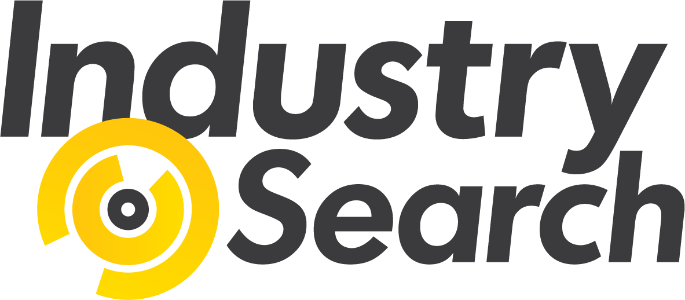

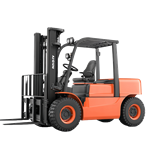
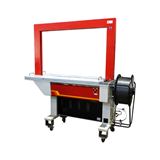


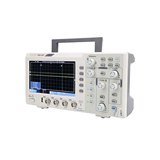
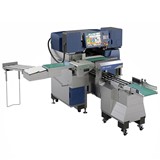



-160x160-state_article-rel-cat.png)



